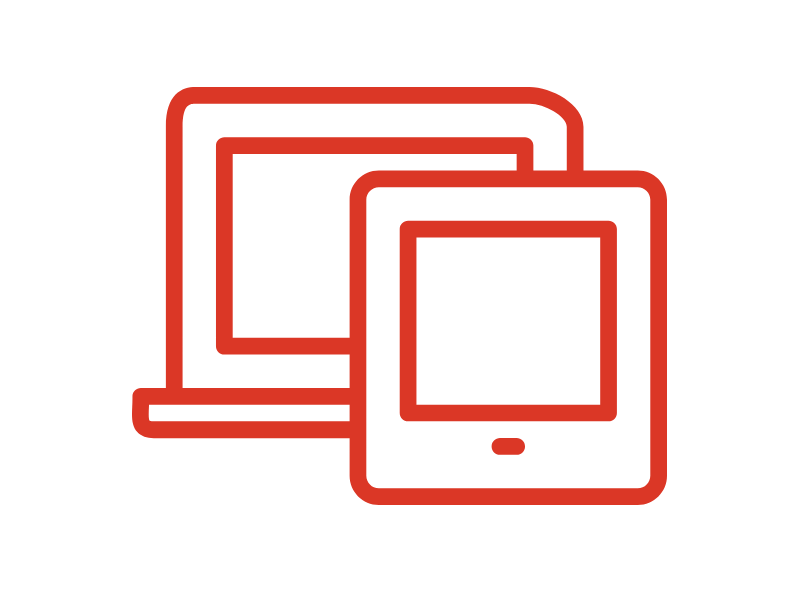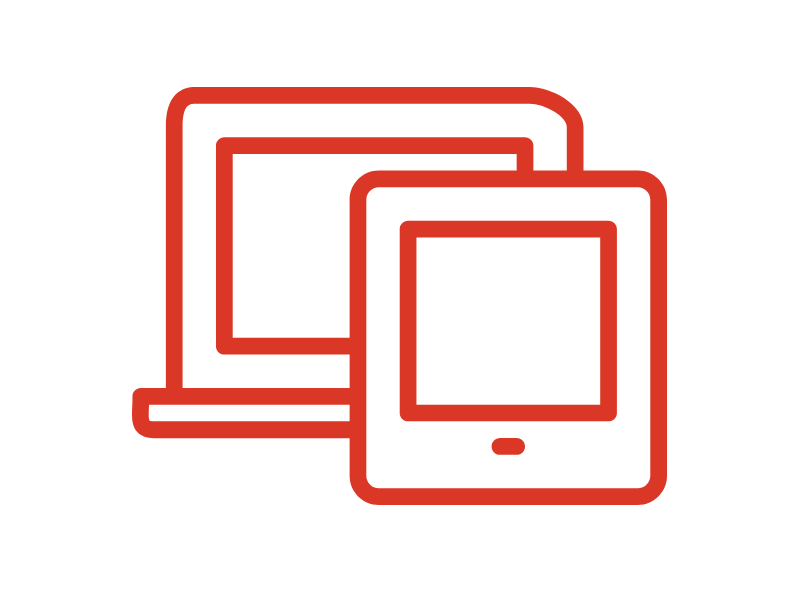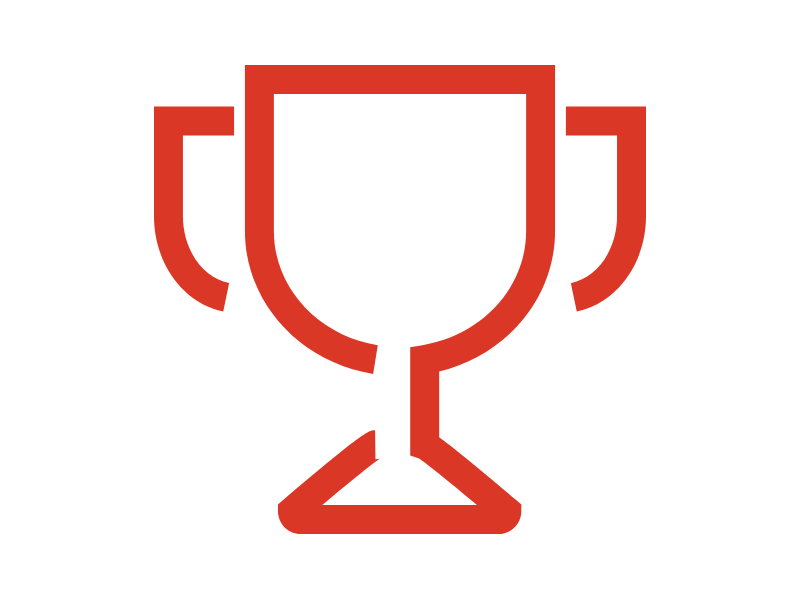Versions Compared
Key
- This line was added.
- This line was removed.
- Formatting was changed.
Getting Started
Do you have a digital project that you want to get off the ground, but don't know where to start?
Have you digitized your collection, but are unsure about the next steps?
The CTDA can help!
CTDA staff is ready to work with you to get your digital collections online and discoverable. Due to the nature of the CTDA program, and digital collections in general, we can collaborate online to get your collections into the repository.
Not a CTDA member? Not a problem!, We are more than happy to learn more about your collections and projects. It is also a great time to think about joining the CTDA Community or contact ctda@uconn.edu to get started!
 Image Removed
Image Removed Image Added
Image AddedResources for Grant Proposals
 Image Removed
Image Removed Image Added
Image AddedTo help you create successful grant and award proposals, the CTDA will make available to members all necessary financial, operational, and personnel documentation required by granting agencies when the CTDA is included as part of grant funded activities.
Many granting agencies require information about sustainability, preservation planning, or other technical details. The CTDA provides a basic boilerplate of information about digital preservation and sustainability for you to use in your grant application. We also urge grant applicants to include the cost of adding storage to their allotment through grants. To supplement your storage allotment, additional storage and services may be purchased at a yearly rate set each year in January by the CTDA. CTDA will also provide a POSF (Pay Once Store Forever) rate for project-based storage needs.
The Grant Boilerplate document (Grant_Boilerplate.pdf) contains general information about the CTDA and its infrastructure suitable for use in grant proposals. It also contains information about the CTDA mapped to the IMLS Digital Products Form (2020) for further convenience.
The Total Cost of Preservation document (Total Cost of Preservation.pdf) outlines how the TCP is calculated and how you can use it for the purposes of budget development.